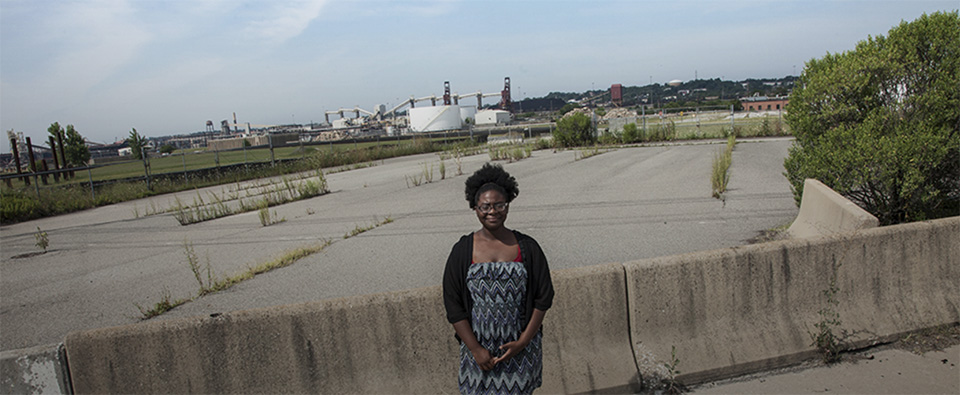Starbucks’ Upstanding “Upstanders” Series
If you consume marketing publications, social media, or coffee with any sort of regularity, you’re probably aware that Starbucks made its first foray into the world of original branded content last year with Upstanders. With the second season premiering on October 10th, we thought it was a good time to revisit what made the first series such a success.
The first season consisted of ten episodes. Each was roughly five minutes long and featured a story about an upstanding citizen. The executive producer of the series is none other than Starbucks’ CEO Howard Schultz. Senior Vice President Rajiv Chandrasekaran, who is also executive producer of Starbucks’ social impact media initiatives, not only produces but writes the vast majority of the series.
There are a number of clever strategic decisions to Upstanders that jump out even before watching the first episode. Each segment is available in three formats–written, podcast, and video. Including the podcast format is notable because it reinforces recent reports touting the resurgence in power and popularity of the podcast. Starbucks opted to tell social impact stories in a documentary style, which is less adventurous than other companies venturing into the world of original content, but it’s a strategic choice that’s on-point for Starbucks as a brand.
In addition to the ten episodes, there is a “Take Action” link on the Upstanders website where people are encouraged to nominate other upstanding citizens, register to vote on upstanders, and use Fotition to post photos of themselves in order to “join a movement of people determined to make positive change”. It’s a very well-rounded campaign with a great message. They also made the laudable decision to avoid using a lot of product placement in the series (although a Starbucks cup can be seen strapped to a wheelchair in one episode), recognizing that the publicity likely to be generated from this series is much more valuable than the flash of a logo.
Upstanders isn’t cutting edge. It doesn’t forge untrodden territory nor is there anything particularly noteworthy about the shooting or editing. However, the style perfectly suits the subject matter and reiterates the power of good old-fashioned storytelling.
Though many pitch branded programming as a newfangled, out-of-the-box approach to marketing, it could also be viewed as somewhat of a return to the old radio show model of funded programming. Regardless of whether you view it as the hot new thing or “everything old is new again”, as a creative, it’s something to be excited about. While the convention of figuring out how to tell a meaningful story in a few seconds or a couple of minutes can be compelling and effective, the opportunity to tell a well-thought-out story in a series or long-form video is very exciting, and the fact that more and more brands are getting brave enough to explore this new terrain is remarkably encouraging.
